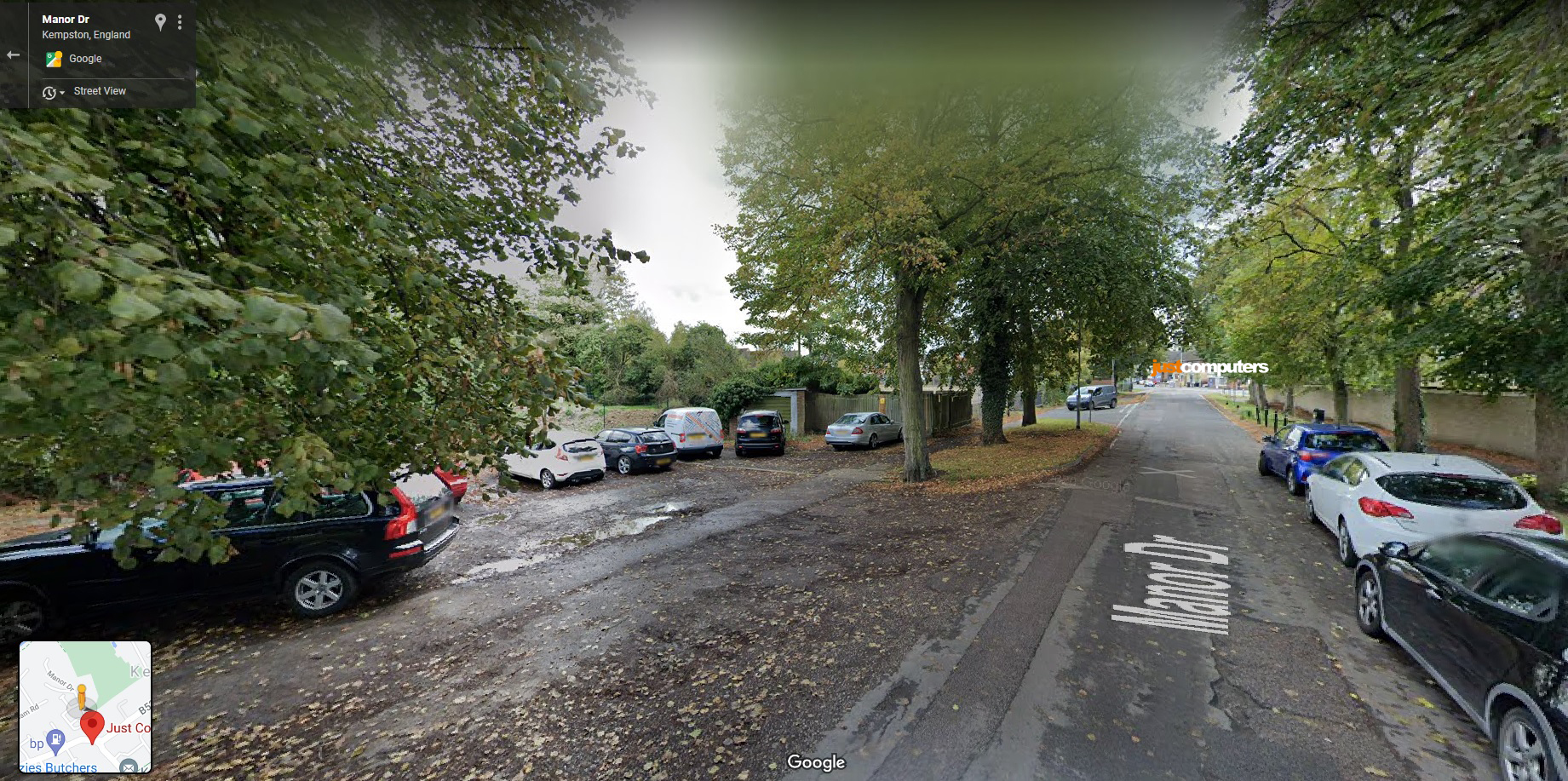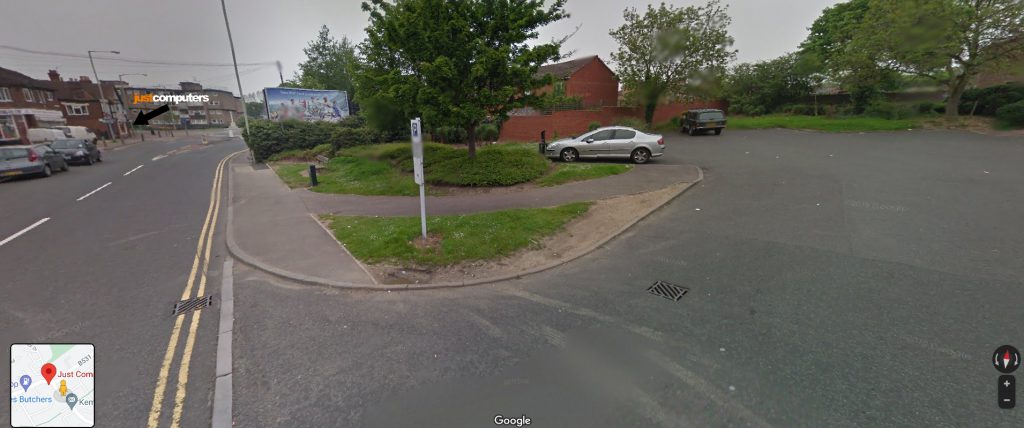
BT has committed to delivering full 5G Standalone coverage to 99 per cent of the UK population by the end of the decade, laying out a detailed plan that raises pressure on rivals and calls for regulatory support to finish the job.
Announced At Connected Britain 2025
BT’s announcement came during Connected Britain 2025 (a UK telecoms and connectivity conference), where the company’s chief security and networks officer Howard Watson confirmed that its mobile division EE is targeting 99 per cent population coverage for what it now brands “5G+” by 2030. The goal, Watson said, puts EE at least four years ahead of rival networks.
“To make the benefits of this technology clearer for customers, we’ll use the term 5G+ rather than the technical industry shorthand 5G SA or 5G Standalone,” he wrote in a company blog published the same week. “It’s the same game-changing network, but in language that’s simple and relatable.”
Aligns With Government’s Ambition
The commitment aligns with a UK government ambition, first outlined in 2023, for Standalone 5G in all populated areas by 2030. However, BT made clear that achieving this level of nationwide service would depend on cooperation from ministers to speed planning decisions, reduce costs, and improve access to spectrum.
Speaking at the same event, BT Group CEO Allison Kirkby described the telecoms sector as facing “peak government-inflicted costs” due to high spectrum licence fees, business rates and compliance charges. She called for reforms to enable faster and more cost-effective mobile infrastructure deployment.
What Is “Standalone 5G” And Why Does It Matter Now?
Unlike the earlier wave of 5G services launched across the UK, which used 5G radio access layered onto legacy 4G infrastructure, Standalone 5G (or 5G SA) uses a fully independent 5G core. This delivers significantly lower latency, better uplink performance, and allows for network slicing, which is a method of reserving parts of the network for critical services such as emergency communications, remote surgery, or live industrial control.
Voice over 5G (also known as VoNR, or Voice over New Radio) is another key feature. EE has already rolled this out on compatible handsets, allowing calls to remain on the 5G network instead of switching down to 4G or 3G.
100 Times More Capacity Than 4G
Watson said EE’s 5G+ network has been engineered to deliver up to 100 times more capacity than 4G, unlocking bandwidth for high-traffic areas such as city centres, stadiums and transport hubs.
In terms of progress, it seems that by August 2025, EE had already crossed the halfway mark, with Standalone 5G covering more than 34 million people. That number is expected to rise to over 41 million by spring 2026, with new cities added each quarter. EE only declares a location “live” once its outdoor coverage exceeds 95 per cent, a move the company says ensures a more reliable user experience.
The Technology Behind It
BT’s 5G+ plan relies on three major infrastructure changes, which are:
1. EE has deployed more than 1,500 outdoor small cells across the UK, including 500 in the past 12 months alone. These units improve coverage and capacity in busy or difficult-to-serve areas by offloading traffic from macro base stations.
2. The company is rolling out Ericsson’s AIR 3284 radio units, which support triple-band FDD (frequency division duplexing) and massive MIMO (multiple-input, multiple-output) capability. These radios are the first of their kind in Europe and offer four times greater uplink capacity than standard 5G radios, making them particularly useful for business applications involving video upload, conferencing, and real-time data feeds.
3. EE is using Advanced RAN Coordination (ARC), a new Ericsson system that allows base stations up to 50 kilometres apart to share capacity dynamically. According to BT, this has improved average download speeds by up to 20 per cent in test locations.
The company says hundreds more high-capacity radio units and coordination nodes will be deployed before 2030.
Competition
BT’s announcement comes amid growing competitive pressure in the UK mobile market. For example, Virgin Media O2 (VMO2) claims to have the UK’s largest 5G SA network, now reaching over 70 per cent of the population, and recently unveiled its first “Giga Site” in Paddington, combining low, mid and high band spectrum with dual-band Nokia massive MIMO. The company says the site is capable of delivering more than 10 Gbps throughput, and it plans to build 1,000 more across the country during 2026.
Meanwhile, Vodafone and Three completed their merger in June, forming VodafoneThree, which has pledged £11 billion in investment over the next ten years to deliver one of the most advanced mobile networks in Europe. This includes upgrades to support Standalone 5G and spectrum sharing across the newly combined business.
BT’s 99 per cent target is, therefore, not just an infrastructure roadmap, but is also designed to send a strategic signal to customers, investors and government that the company intends to retain a leadership position in UK mobile quality.
What Makes 5G SA So Different?
For consumers, the benefits of 5G SA are likely to be most visible in terms of more consistent service, reduced latency, and fewer signal dropouts in busy locations. For example, faster call setup times using VoNR and fewer video buffering events are some of the everyday improvements EE expects to deliver.
However, for business customers, the advantages are more substantial. For example, network slicing can provide guaranteed quality of service for critical applications, while improved uplink performance supports use cases such as remote diagnostics, live video monitoring, and industrial automation.
It’s worth noting here that EE has already trialled network slicing in some public settings, including at Belfast’s Christmas Market in 2023, where a dedicated slice ensured that payment systems remained reliable during peak visitor hours.
BT is also keen to highlight the role 5G SA could play in transforming public services, especially in transport. For example, railways and remote areas have long posed challenges for mobile coverage due to signal obstructions and infrastructure limitations. BT says targeted interventions, such as using smart coordination, small cells and new spectrum, will be required to solve these persistent gaps.
What Needs To Happen For The 2030 Target To Be Met?
While BT says it does not require direct subsidies to hit its 99 per cent target, it argues that the final stages of rollout will be difficult without regulatory support. The company is, therefore, calling on the UK government to:
– Reform planning rules to make it easier and faster to deploy infrastructure.
– Increase spectrum availability, especially in high-demand frequency bands.
– Remove or reduce annual spectrum licence fees, which BT says penalise operators for ongoing investment.
BT also wants regulators to take a more active role in addressing persistent coverage gaps along rail corridors, coastlines and other difficult environments.
Without these changes, the risk is that operators focus investment in profitable urban zones, while rural and hard-to-reach areas are left behind.
Challenges and Objections
Covering the last few per cent of the population is expected to be the most difficult and expensive part of the rollout. For example, rural areas often require long backhaul connections, more masts per user, and careful navigation of local planning restrictions.
Planning objections to new masts or small cells can also delay urban densification, where building height rules and community resistance frequently limit placement.
Device support is another potential issue. While most flagship smartphones now support Standalone 5G, it should be noted that not all models do, and ensuring features like VoNR and slicing work reliably across different hardware and software environments adds complexity for both operators and enterprise customers.
There is also some scepticism from some users who feel that previous 5G announcements have overpromised and underdelivered. Indeed, it seems that independent benchmarking studies have repeatedly found UK 5G performance to be well below that of other European countries. In this context, EE’s decision to rebrand its network as “5G+” rather than simply “5G SA” is likely an attempt to distance the new offer from earlier disappointments.
Even so, rivals are unlikely to stand still. For example, Virgin Media O2 continues to expand its footprint and spectrum holdings, having recently acquired 78.8 MHz of additional spectrum from Vodafone. VodafoneThree, with its larger combined scale, is also expected to accelerate deployments and extend its reach into rural regions.
What Does This Mean For Your Business?
Delivering 5G Standalone to 99 per cent of the UK population by 2030 would represent a major upgrade in national mobile infrastructure, with clear practical benefits for users and businesses alike. For companies relying on fast, low-latency connections to run logistics systems, cloud platforms or video services, the ability to access reliable standalone 5G in more locations could support better performance, more automation and greater service resilience.
For BT, the 99 per cent target seems to set out a clear intention to lead on mobile quality and capacity, not just coverage. The wider deployment of high-performance radios, small cells and core upgrades also gives the company a way to differentiate itself from rivals and reinforce its role in supporting essential digital services. For the government, the message is that planning delays, spectrum costs and regulatory friction are now a real constraint on further progress. If ministers want mobile operators to finish the job in rural areas, rail corridors and harder-to-reach environments, those barriers will need to be addressed.
That said, the challenges are still pretty substantial. For example, extending full standalone coverage to the last few per cent of the population will require continued investment, cooperative local planning, and more progress on handset compatibility across different devices.




